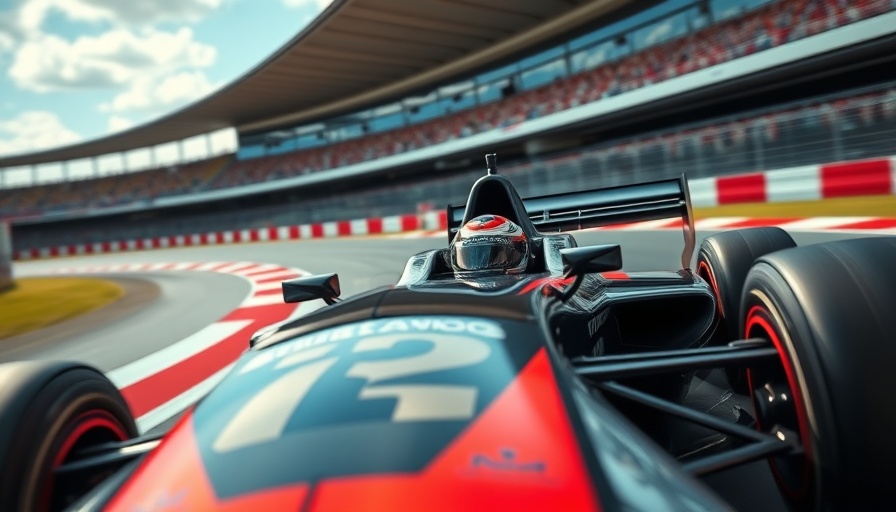
Understanding Team Dynamics in Formula 1
Formula 1 is not just a sport; it's a finely tuned machine driven by teamwork and collaboration. For racing drivers like Pierre Gasly, the transition to a new team member can be as critical as mastering the car's mechanics. Each driver brings their own style, experience, and personality to the mix, making the adjustment process multifaceted. Learning how to communicate effectively with a new teammate is essential for success on the track.
Building Relationships on and off the Track
Making a successful transition not only involves driving skills but also the ability to foster a good rapport with a new teammate. Gasly's strategy has often included personal conversations that allow both drivers to express their preferences and establish mutual respect. This kind of open communication helps in minimizing misinterpretations and enhances team synergy, crucial during high-pressure scenarios like race weekends.
Adapting to New Driving Styles
Each driver approaches racing differently, from how they interpret circuits to their braking techniques. Gasly has acknowledged that adapting to a new teammate's driving style can take time. It's essential for him to observe and learn how his teammate navigates various sections of the track, as this also affects their collective performance during races. Understanding and respecting these differences can lead to faster laps and better overall results for the team.
Common Challenges When Adjusting to a New Teammate
One of the most notable challenges drivers face is the possibility of contrasting approaches to racing strategy. For instance, a teammate may prioritize performance differently, emphasizing qualifying over race pace, or vice versa. This can create tension if not managed properly. Gasly’s experience has taught him that being flexible and adaptable is vital. He has often highlighted the importance of quick adjustments and learning from each session to align their strategies.
The Long-Term Benefits of Effective Adjustments
Ultimately, the ability to adapt effectively can lead to long-term success for both the driver and the team. Successful partnerships like those formed between Gasly and his new teammate can result in enhanced performance and better outcomes over the race season. By investing time and effort into understanding his teammate, Gasly sets the stage for a future marked by potential wins.
As Formula 1 continues to evolve, drivers’ strategies regarding teammate relationships will likely become more sophisticated. The racing world is juxtaposed with rapid advancements in technology and changing dynamics, making interpersonal skills just as crucial as technical proficiency behind the wheel. This fluid dynamic ensures that each season remains an evolving tale of partnership and rivalry.
 Add Row
Add Row  Add
Add 




 Add Row
Add Row  Add
Add 

Write A Comment